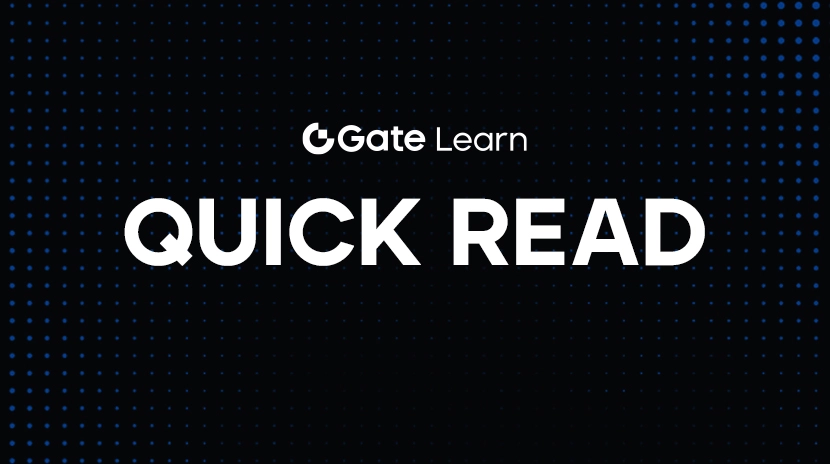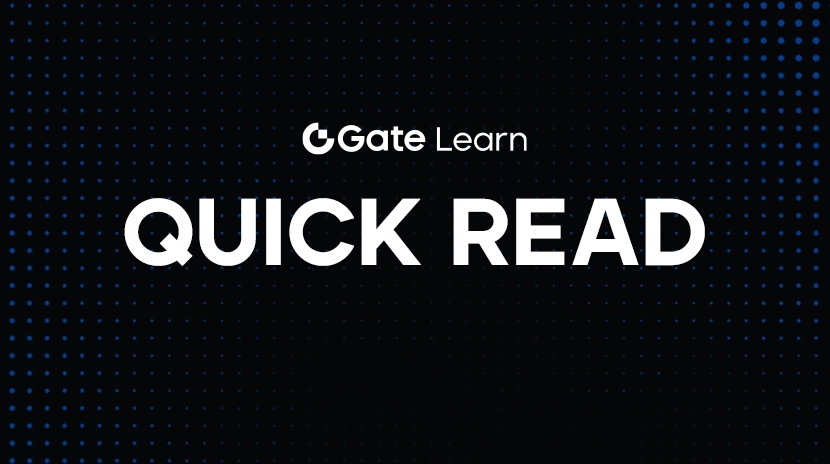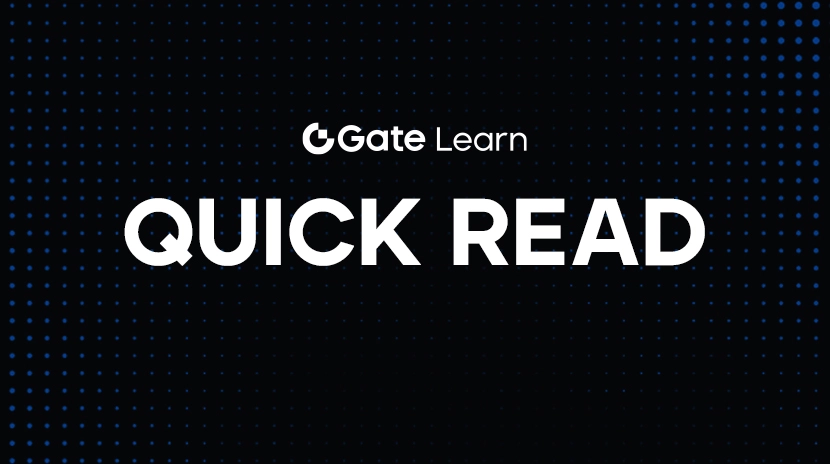Kaspa: Technical Innovations and Application Prospects of a High-Speed Blockchain
KASPA Project Introduction

Figure:https://kaspa.org/
KASPA is a high-performance public chain project initiated by a group of cryptography experts and blockchain developers, aimed at solving the issues of slow speed and poor scalability of traditional PoW blockchains. Unlike first-generation chains such as Bitcoin, KASPA does not adhere to the traditional logic of “longest chain,” but instead adopts the more advanced GHOSTDAG consensus algorithm, allowing multiple blocks to be generated in parallel, thereby improving system throughput and stability.
GHOSTDAG Consensus Mechanism Analysis
GHOSTDAG is a consensus algorithm based on a DAG (Directed Acyclic Graph) structure, which differs from the traditional chain-based PoW chain by allowing multiple valid blocks to coexist and be integrated into the ledger simultaneously. This design not only ensures decentralization and security but also greatly enhances transaction processing speed, representing a significant upgrade to the PoW consensus mechanism.
The performance advantages of KASPA
- Average Block Time: 1 second
- Extremely low confirmation delay: second-level arrival experience
- Parallel processing of transactions: Enhancing on-chain throughput capacity
- Resilient to censorship: maintains the decentralized characteristics of PoW.
For this reason, KASPA is considered a representative of the “next generation PoW public chain,” and its network has gradually attracted developers to deploy DApp and NFT projects.
Application Scenarios and Ecological Construction
Currently, KAS is applied in the following scenarios:
- Decentralized Finance (DeFi): On-chain transfers are fast, and transaction fees are low, suitable for high-frequency trading.
- Blockchain Games and NFTs: Second-level block times meet the real-time interaction needs of games.
- Multisignature wallet and governance system: Supports complex scripts and permission settings, facilitating community management.
The KASPA ecosystem is still in the early stages of development, but its technological foundation has strong scalability potential, and it is worth continuous attention in the future.
KASPA’s market performance
By July 2025, the price of KAS will remain around $0.07, ranking in the top 50 globally. Its trading activity is high, and the number of holding addresses continues to grow, indicating a gradually expanding user base.
Summary and Investment Recommendations
KASPA, leveraging GHOSTDAG technology, is a leading innovative public chain among similar PoW projects, offering speed, security, and scalability. For novice investors, it is recommended:
- Small exploratory purchases, pay attention to the progress of the technical roadmap;
- Use a lightweight wallet that supports KASPA for asset management.
- Follow the official Discord and Telegram to participate in community discussions and proposals.
Related Articles

2025 BTC Price Prediction: BTC Trend Forecast Based on Technical and Macroeconomic Data

Flare Crypto Explained: What Is Flare Network and Why It Matters in 2025

Pi Coin Transaction Guide: How to Transfer to Gate.com

How to Use a Crypto Whale Tracker: Top Tool Recommendation for 2025 to Follow Whale Moves

What is N2: An AI-Driven Layer 2 Solution
